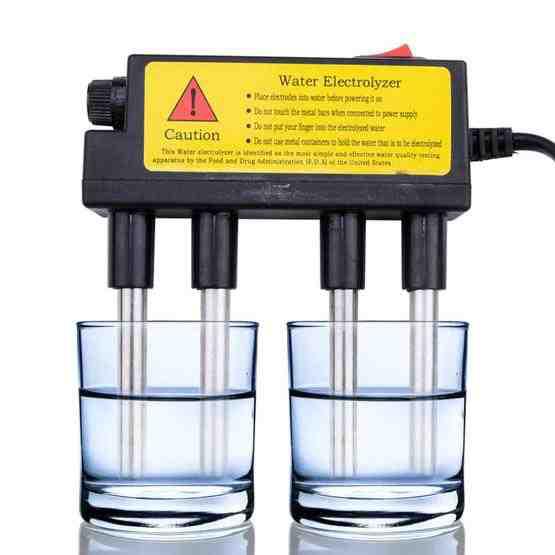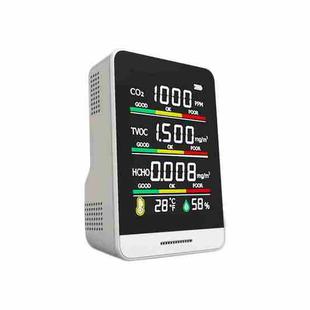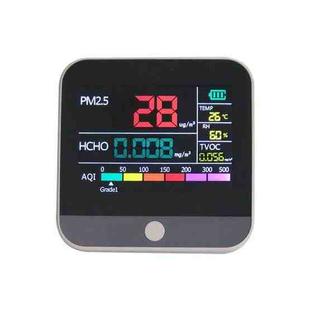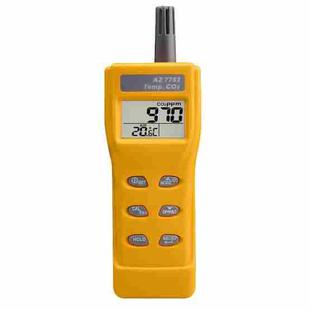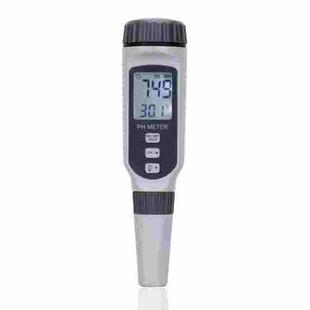Description
1. The instrument consists of an electrolytic rod with positive and negative electrodes (one is an iron rod and the other is an aluminum rod), and two electrodes are used as electric field introduction. After electrolysis, the positive Fe3+ ions are dissolved under the action of electric current. They will combine with the negative OH-ions in the water to form water-insoluble Fe (OH) 3 particles. These particles have strong agglomeration and adsorption activity to colloidal particles in water, thereby forming an adsorption and agglomeration process for organic or inorganic substances in water.
At the same time, due to the action of the electric current, the originally dissolved metal particles, such as manganese, potassium, cobalt, etc., are reduced and gradually aggregate to form metal clusters, resulting in the color separation of different metal ions. .
After electrolysis, different colors of water show various impurities in the water.
2. Color identification:
- Yellow: Dissolved acids, silicon compounds, organic minerals, molybdenum, silicon, fluoride and other organic substances.
- Green: arsenic, mercury, lead, copper and sodium.
- Blue: bacteria, viruses, carcinogens, organic phosphorus, etc. (fertilizers, detergents and pesticides)
- Red: iron, rust and bacteria
- White: lead, zinc, mercury, inorganic salt dirt.
- Black: heavy metals (zinc, lead, copper, chromium, manganese, cadmium)
3. Material: ABS+ aluminum iron
4. Measuring range: 50 to -200 mg/L.
5. Rated voltage: 220V/50Hz
6. Application: domestic drinking water, water purifier testing.
7. Note: The electrolyzer can only prove the presence or absence of impurities, not the quality of the water
Packing list:
1 x Electrolyzer body
2 x aluminum rod
2 x iron rod

